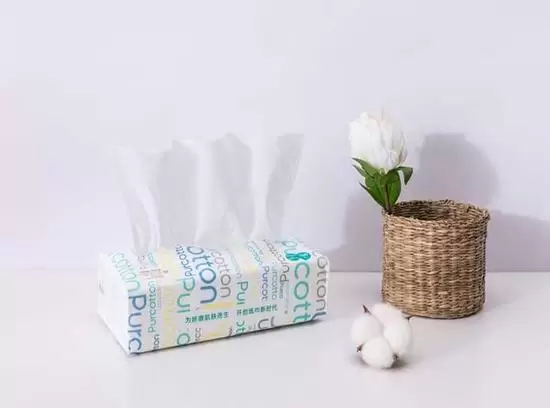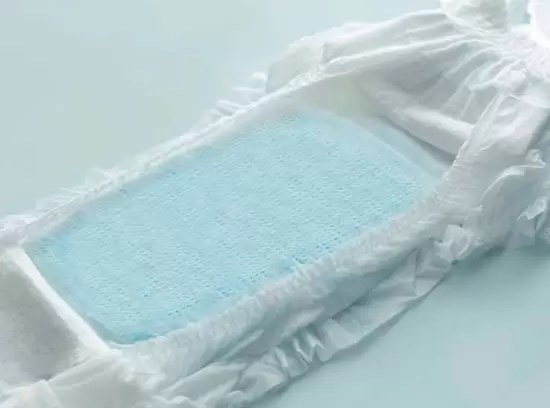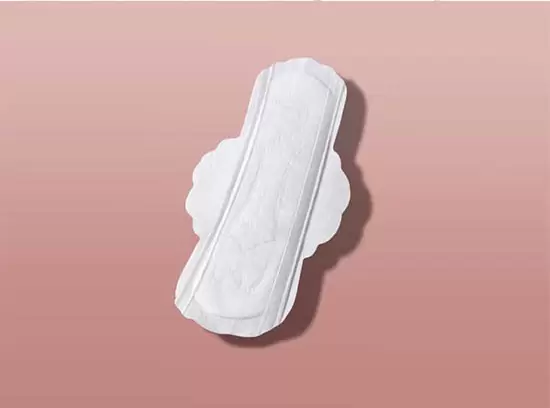The world of textiles is marked by constant innovation, and spunlaced fabric stands out as a testament to this evolution. This versatile material has found its way into various applications, offering a range of benefits that cater to diverse industries. In this article, we delve into the realm of spunlaced fabric, uncovering its unique attributes, applications, and the role it plays in shaping the textile landscape.
Craftsmanship in Modern Manufacturing: The Making of Spunlaced Fabric
Spunlaced fabric is a product of modern manufacturing techniques that involve intertwining fibers using high-pressure water jets. This process creates a web-like structure that combines strength with softness. Unlike traditional woven or knitted fabrics, spunlaced fabric offers a unique blend of comfort and durability, making it a material of choice for various applications.
The Soft Strength: Key Characteristics of Spunlaced Fabric
What sets spunlaced fabric apart is its exceptional combination of attributes. The interlocking fibers result in a fabric that is both strong and tear-resistant. However, this strength doesn’t compromise on comfort, as the fabric retains a soft and smooth texture that is gentle against the skin. Moreover, spunlaced fabric’s high absorbency and compatibility with various finishes make it adaptable for different uses.
A Multifaceted Material: Applications in Various Industries
Spunlaced fabric’s versatility is evident in its applications across diverse industries. In the healthcare sector, it finds its place in medical wipes, wound dressings, and personal hygiene products due to its absorbent and hypoallergenic properties. It also plays a role in the cosmetic industry as facial masks. Beyond healthcare, spunlaced fabric is used in consumer goods, automotive interiors, and industrial filtration.
The Rise of Innovative Manufacturing: Spunlaced Fabric’s Impact
Spunlaced fabric exemplifies the innovative spirit that drives modern manufacturing. The hydroentangling process not only improves efficiency but also reduces waste generation and energy consumption. This process flexibility allows for the use of various fiber types, expanding the possibilities for fabric customization and performance enhancement.
A Sustainable Approach: Eco-Friendly Aspects of Spunlaced Fabric
Sustainability is a driving force in today’s textile industry. Spunlaced fabric contributes to sustainability by virtue of its efficient manufacturing process, which reduces the environmental footprint. Additionally, the fabric’s durability and longevity align with sustainable consumption practices by minimizing the need for frequent replacements.
Spunlaced fabric, a convergence of ingenuity, adaptability, and eco-consciousness, finds its place within Winner Medical’s repertoire. Its exceptional attributes and versatile applications mirror the fluidity of the textile landscape, seamlessly integrating into the fabric of modern manufacturing. Amid the ever-changing tapestry of innovation, spunlaced fabric emerges as an emblem of progress, resonating with Winner Medical’s commitment to reshaping industries. It serves as a tangible representation of the boundless potential of materials that can redefine our interaction with textiles, elevating our daily experiences to new heights. Winner Medical’s involvement with spunlaced fabric underscores its role as a catalyst for transformation, bridging the gap between traditional practices and future possibilities. Through its visionary approach, Winner Medical remains at the forefront of textile innovation, driving the narrative of progress within modern industries.













